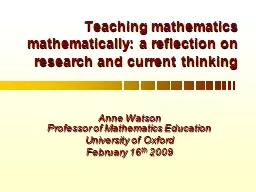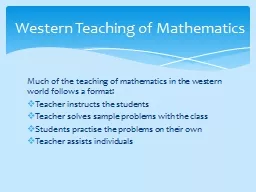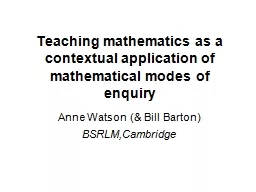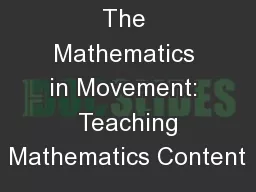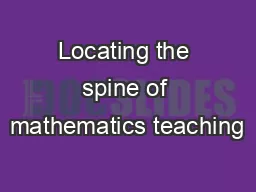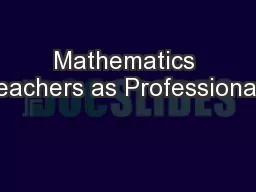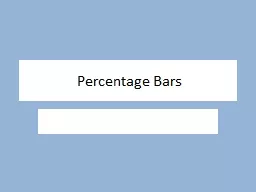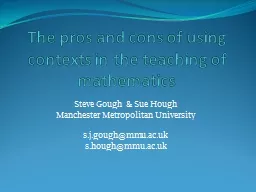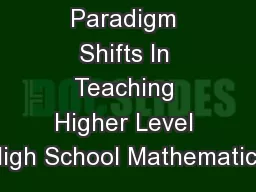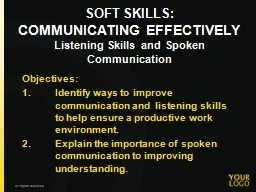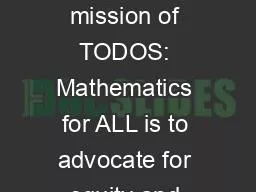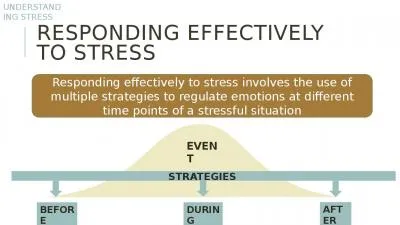PPT-Teaching Mathematics Effectively using the Bar
Author : elitered | Published Date : 2020-06-30
Model Dr Shafia Abdul Rahman 24 February 2018 Emirates College for Advanced Education 3 The Cookie Jar Problem 4 Mom had just filled a cookie jar when Ahmed Khaled
Presentation Embed Code
Download Presentation
Download Presentation The PPT/PDF document "Teaching Mathematics Effectively using t..." is the property of its rightful owner. Permission is granted to download and print the materials on this website for personal, non-commercial use only, and to display it on your personal computer provided you do not modify the materials and that you retain all copyright notices contained in the materials. By downloading content from our website, you accept the terms of this agreement.
Teaching Mathematics Effectively using the Bar: Transcript
Download Rules Of Document
"Teaching Mathematics Effectively using the Bar"The content belongs to its owner. You may download and print it for personal use, without modification, and keep all copyright notices. By downloading, you agree to these terms.
Related Documents


